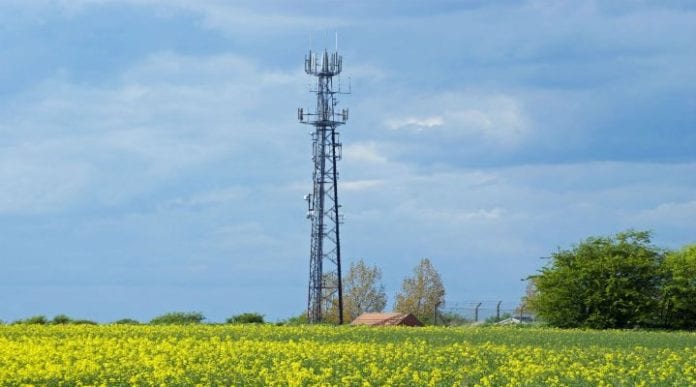The Competitive Carriers Association says that it has conducted analysis of awards in the Rural Digital Opportunities Fund and found that as much as $1 billion of the more than $20 billion, 10-year program may end up being directed to areas which already have fixed or mobile service available that meets the program’s 25/3 Mbps broadband service minimum.
CCA found that 5.5% of RDOF award locations “likely include sites that have access to at least 25/3 Mbps fixed broadband,” and about 6.9% of RDOF locations “likely” have access to fixed or mobile broadband that meets the 25.3 threshold, according to the report based on the analysis and filed with the FCC. By CCA’s reckoning, that equates to $115 million-$745 million of RDOF funding going to locations which already have wireline-based 25/3 Mbps service available — or when mobile broadband is factored in, between $144 million to more than $1 billion going to areas that already have at least one option for either fixed or mobile broadband available that meets the RDOF minimum speeds.
The FCC decided to proceed with the RDOF reverse auction while it was also in the process of acknowledging that its broadband maps were inaccurate and figuring out how to properly update them, but the agency went ahead with the aim of targeting the first and largest round of RDOF funding — $16 billion — for areas that were “wholly unserved” by 25/3 service.
“The premise behind RDOF Phase I—namely, the Commission could identify wholly unserved areas ‘with certainty’ and without additional mapping—was wrong,” CCA’s report says.
To come up with its figures, CCA says it compared publicly available speed test data with the FCC’s map of the 57,000 RDOF funded locations, spot-checked subsidized locations and compared available statistics for those areas on urbanization, housing density and income — identifying what it said amounted to “hundreds of thousands” of errors in whether an area was actually unserved by 25/3 service. According to CCA, that includes Fisherman’s Wharf in San Francisco, California; portions of the inner loop central business district in downtown Chicago, Illinois; and “preeminent technology hubs such as Apple Headquarters in Cupertino, California and
the MIT campus in Cambridge, Massachusetts.”
“CCA found that despite the FCC’s goal of subsidizing buildout for the rural and underserved communities most in need of service, a material percentage of RDOF support will instead be spent needlessly subsidizing deployments in densely populated, affluent areas most likely to already receive service. … Subsidizing broadband services in wealthy, densely populated census blocks that have one or more service providers offering high-speed broadband wastes Federal funds, saps market incentives for facilities-based deployment, and deprives people and businesses in areas that truly need assistance from the support they deserve,” the group said in its filing.
“The Commission should consider whether applicants whose submissions contain Connect America Cost Model (CAM) locations demonstrably ineligible for broadband subsidies, such as Apple Headquarters or downtown Chicago, are not substantially accurate and must be updated … prior to acting on the pending long-form applications,” CCA added.

